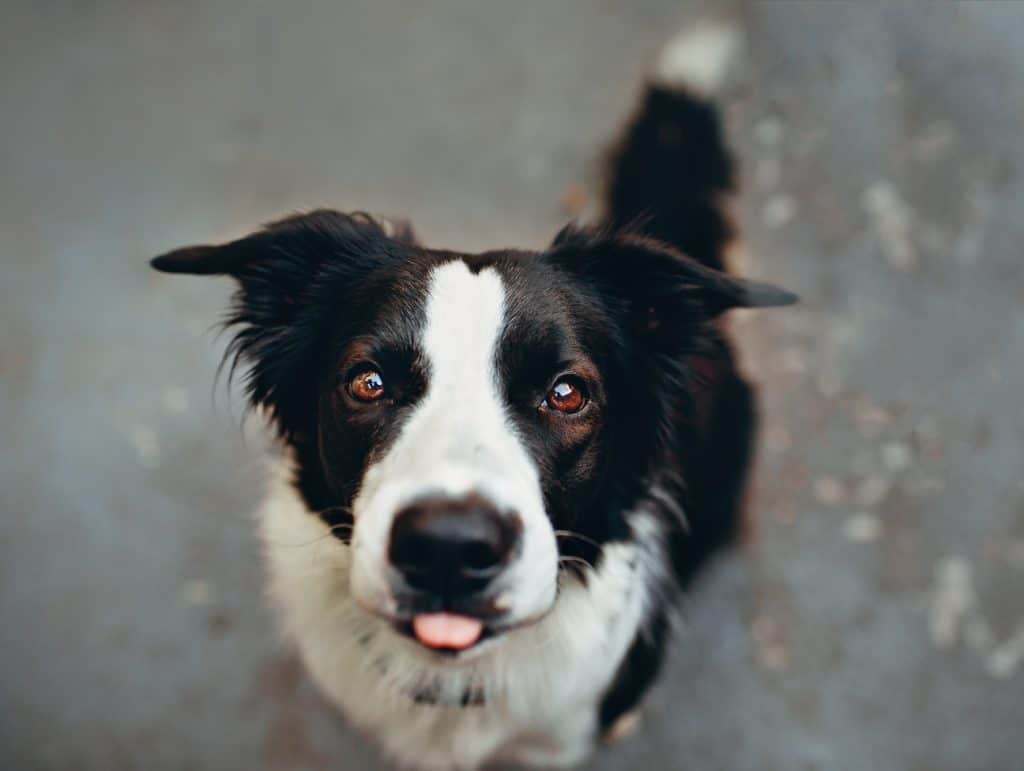It is not uncommon to discover a new lump or bump on, or under, your pet’s skin. The golden question is whether or not you should worry about it or not…
We recommend that you book an appointment to get it checked out so that you don’t have to worry or lose sleep. If you notice a lump when we are closed, then don’t worry, you can book online or even video chat with us via Beacon View Live. If you see the lump growing fast, becoming red or oozing pus, or your dog is in pain then we recommend an appointment is booked urgently.

The word tumour literally means ‘new growth’ and gives no indication about how the lump will behave. Some lumps will appear and remain unchanged for a long time; whereas others will continue to expand rapidly.
After a full nose to tail examination of your pet we recommend sampling of any new lump that you find, or any lumps that have been found previously but start changing. By sampling the lump, we can work out whether a lump is benign or malignant (cancerous) and then suggest a suitable treatment plan. Fewer than half of lumps and bumps we see on pets are malignant but it is certainly worth getting any new lump checked out by a veterinary surgeon as early action will make a huge difference to your pet’s outcome if it is malignant.
What to do if you find a lump:
- Note the shape, colour and size of the lump
- Note its location so that you can find it again.
- Take a photo of the lump so that we can see if it is changing since it appears.
- Book an appointment to get it checked out.
- Make sure your pet (or any of their companions!) does not traumatise the lump and cause secondary infection or inflammation.
- Monitor your pet for any changes in their behaviour.
The way in which we sample lumps depends on their size and location. Most often we can take a small, painless sample without the need for sedation or anaesthetic; this is generally performed in the examination room with a nurse holding your pets, a vet taking a sample and you comfort your pet. Of course, if you prefer or dislike needles, we can perform this quickly in a treatment area. The small needle sample is then sent to the laboratory for analysis and we get results within a week.

Here are a few types of lumps that we commonly see:
- Abscesses – there are caused by a build-up of pus under the skin, almost like a volcano. The pressure that builds up under the skin can cause a lot of pain and the infection can become quite serious if left untreated. They are very commonly seen in cats after they have been in a fight and been bitten.
- Lipomas – these are benign fatty tumours that are generally seen in older dogs. Any breed can be affected by lipomas but they occur most frequently in medium and large sized dogs, and those that are overweight. They are generally benign but can grow very large and impede movement so we sometimes recommend removing them.
- Sebaceous cysts – these are basically large pimples that form when an oil gland becomes blocked. When they burst a thick, white paste is released. Often dogs will start chewing or scratching at them when they burst which leads to a secondary bacterial infection.
- Mammary tumours – these can occur in single mammary glands or spread to multiple glands. Not all are cancerous but need to be investigated carefully. We know that bitches that are not spayed have a much greater risk of developing mammary cancer. Whilst uncommon, mammary tumours in cats are unfortunately very serious and need rapid treatment.
- Mast cell tumours – these are the most common malignant skin tumour in dogs. There are different sub categories of mast cell tumour and some categories are very aggressive cancers that will spread to the major organs. They are most commonly found in Boxers, Labradors, Schnauzers, Pugs and Bulldogs.
- Ticks! When a tick has enjoyed a blood meal, they swell up and can appear very much like a skin growth. These are easily removed when using the correct technique but the bite can cause pain, inflammation and infections. Certain ticks can also carry blood borne diseases such as Babesia and Borreliosis.